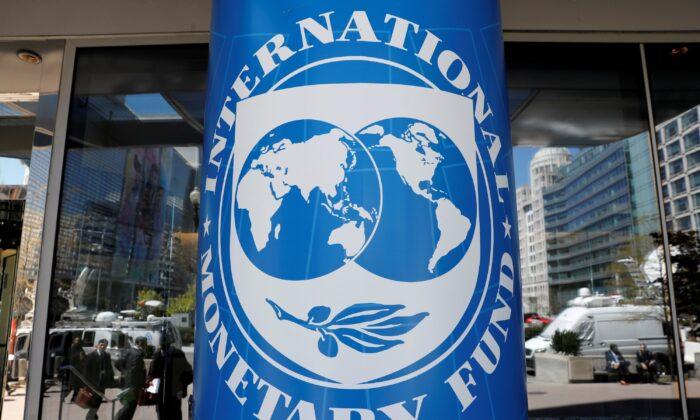LONDON—Zambia’s international bondholders have criticized the International Monetary Fund’s debt restructuring framework as “arbitrary” and for excluding the country’s domestic debt.
Zambia has been in default for almost two years and an IMF Debt Sustainability Analysis published last week called for its debt-service-to-exports ratio to be cut to a 140 percent “threshold” from 153 percent quickly and to 84 percent by 2027.
“Now, all of a sudden, they have an arbitrary 84 percent number,” said Kevin Daly, head of emerging market debt at Abrdn, who chairs a committee of bondholders estimated to hold around 45 percent of Zambia’s $3 billion worth of international market debt.
“How did you arrive at that number? It’s such a different figure than the [140 percent] threshold,” he told Reuters, calling on the IMF to meet with bondholders, who have complained of being left out of the loop as the IMF and bilateral creditors worked out a plan.
An IMF spokesperson said it would brief Zambia’s creditors on economic forecasts and policies and denied the 84 percent debt-to-exports ratio target was “arbitrary.”
“The target is firmly grounded in the IMF-WB Debt Sustainability Framework for Low-Income Countries,” they said in emailed comments. “It is consistent with a level of external debt-to-exports for country having space to absorb shocks.”
Zambia’s much-delayed debt restructuring is seen by analysts as a test case for what are expected to be a spate of defaults in poorer countries that have borrowed heavily not only in the capital markets but also from countries including China.
David Malpass, president of the World Bank, the IMF’s sister organization, said last week that “a deep debt reduction of 45 percent in net present value (NPV) terms ... is essential.”
Relief of that magnitude “would not be acceptable [to] creditors”, including Chinese lenders, Daly said.
He declined to say what other bondholders would agree to, but said that from his perspective, “If it was something more in the ... 20–30 percent range, I think that would be acceptable.”
A bond recovery value of $65 to $75, with an exit yield of 11–12 percent was “realistic”,” he said.






Friends Read Free